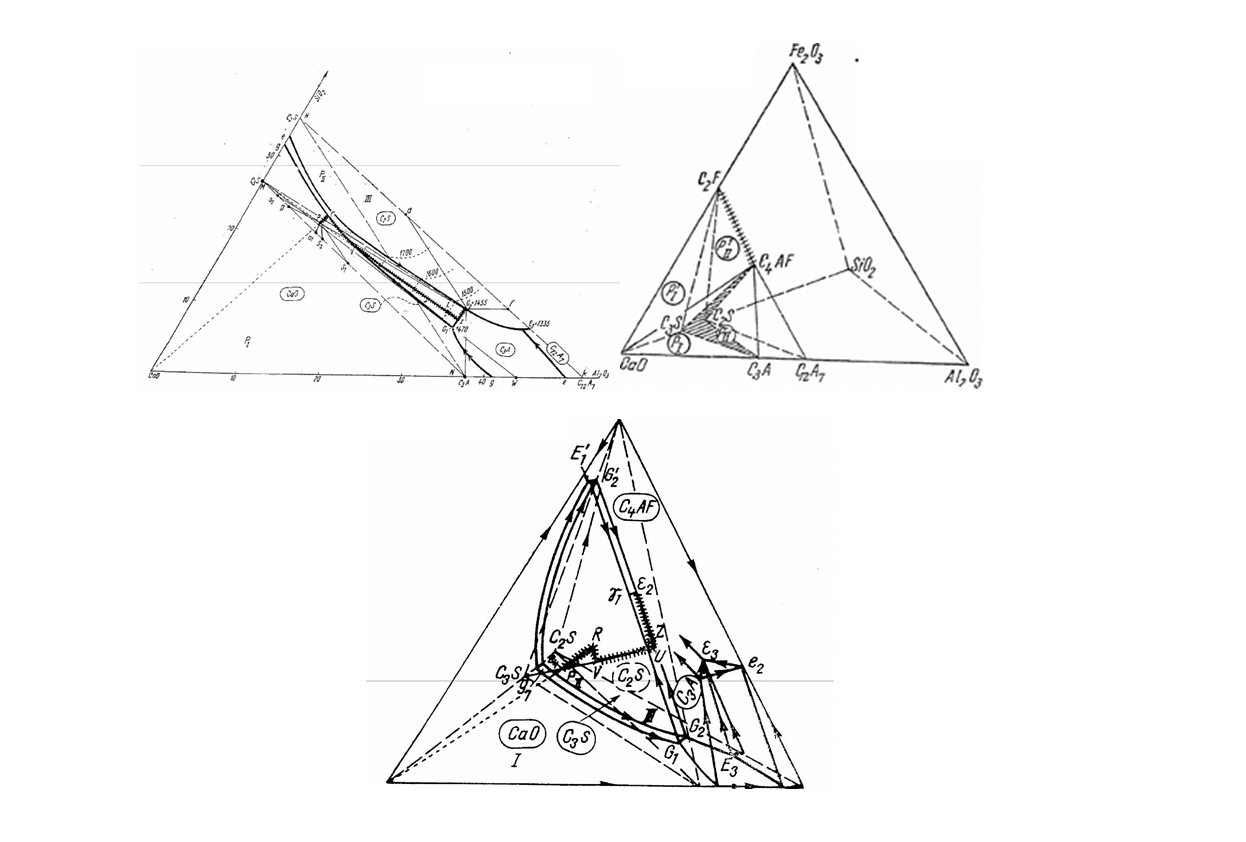Nanobiostructures: Commemorative Issue in Honor of Professor Serban Solacolu (1905-1980) - Founder of the Romanian School of Oxide Materials Science and Engineering
A special issue of Molecules (ISSN 1420-3049). This special issue belongs to the section "Molecular Diversity".
Deadline for manuscript submissions: closed (30 September 2016) | Viewed by 38879
Special Issue Editors
2. National Research Center for Micro and Nanomaterials, University Politehnica of Bucharest, 060042 Bucharest, Romania
3. Academy of Romanian Scientists, 3 Ilfov Street, Bucharest, Romania
Interests: synthesis and characterization of nano and biomaterials
Special Issues, Collections and Topics in MDPI journals
Interests: synthesis and characterization of nanobiomaterials; polymers; pharmaceutical nanotechnology; drug delivery; anti-biofilm surfaces; nanomodified surfaces; natural products
Special Issues, Collections and Topics in MDPI journals
Special Issue Information
Dear Colleagues,
As you are aware, nowadays, nanobiostructures are in a rapid development, many of them being developed for, or involved in, the treatment/diagnosis of different diseases. The aim of this commemorative special issue of Molecules in honor of Professor Șerban Solacolu is to bring together most attractive and novel applications and discuss the advantages and disadvantages of recently developed nanobiomaterials. Additionally, a comprehensive overview regarding the synthesis, physico-chemical characterization, and most-recently developed biomedical applications will be approached.
Professor Șerban Solacolu was the founder of the Romanian School of Oxide Materials and Engineering. He received his PhD at the prestigious Charlottenburg Polytechnic School, Berlin, in 1933. His thesis was developed under the leadership of eminent professors, such as W. Eitel and H. Kuhl. His thesis research approached a new domain for that time, Thermal phase equilibrium applied to Portland cement. The doctoral thesis entitled "Application of CaO-SiO2-Al2O3 Rankin diagram for burning cement practice" was assessed with "Magna cum laude superato".

Scheme 1. Thermal phase equilibrium diagrams developed by Professor Șerban Solacolu
Thesis coordinator Professor Hans Kuhl, in July 20, 1932, wrote about the researcher Șerban Solacolu: "Doctor Șerban Solacolu dedicated himself to the study, proving a high energy and an unusual work capacity; he showed, by solving the emergencies of difficult scientific problems, a particular originality and an especially unusual power of thought for solving his research. Due to various scientific activity at the Institute, but also because we have been working together over the past few years, the doctor Șerban Solacolu had also became a valued collaborator to me and I look back to his parting from my Institute with a living regret. May my best wishes accompany him on his way in life."
This Special Issue includes, but is not limited to, the following areas: bioceramics, nanoparticles, hybrid materials, nanocomposites, scaffolds, biomimetic nanomaterials with bioapplications, such as drug delivery and targeting, antimicrobials, cancer therapy, medical imaging, dentistry, tissue engineering, galenic formulations, and cosmetics.
Considering the great interest regarding the development of nanobiostructures for treatment of diseases, this Special Issue is expected to have an important scientific and applicative contribution especially on the biomedical field.
Prof. Ecaterina Andronescu
Dr. Alexandru Mihai Grumezescu
Guest Editors
Manuscript Submission Information
Manuscripts should be submitted online at www.mdpi.com by registering and logging in to this website. Once you are registered, click here to go to the submission form. Manuscripts can be submitted until the deadline. All submissions that pass pre-check are peer-reviewed. Accepted papers will be published continuously in the journal (as soon as accepted) and will be listed together on the special issue website. Research articles, review articles as well as short communications are invited. For planned papers, a title and short abstract (about 100 words) can be sent to the Editorial Office for announcement on this website.
Submitted manuscripts should not have been published previously, nor be under consideration for publication elsewhere (except conference proceedings papers). All manuscripts are thoroughly refereed through a single-blind peer-review process. A guide for authors and other relevant information for submission of manuscripts is available on the Instructions for Authors page. Molecules is an international peer-reviewed open access semimonthly journal published by MDPI.
Please visit the Instructions for Authors page before submitting a manuscript. The Article Processing Charge (APC) for publication in this open access journal is 2700 CHF (Swiss Francs). Submitted papers should be well formatted and use good English. Authors may use MDPI's English editing service prior to publication or during author revisions.
Keywords
- bioceramics
- nanoparticles
- hybrid materials
- nanocomposites
- scaffolds
- biomimetic nanomaterials
- drug delivery and targeting
- antimicrobials
- cancer therapy
- medical imaging
- dentistry
- tissue engineering
- galenic formulations
- cosmetics







